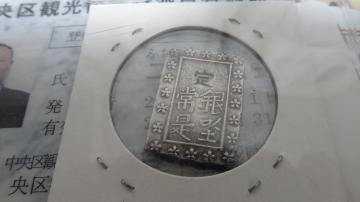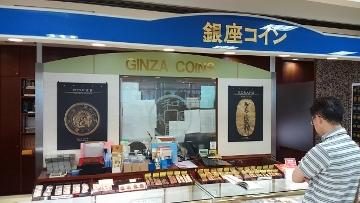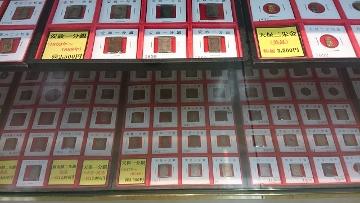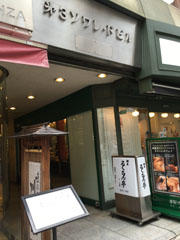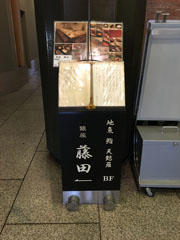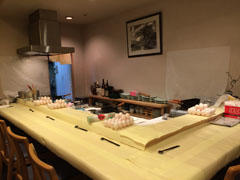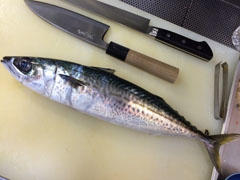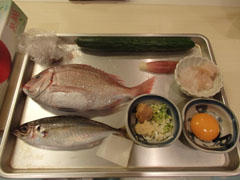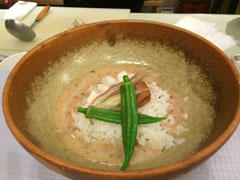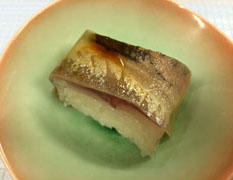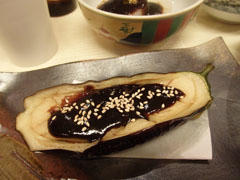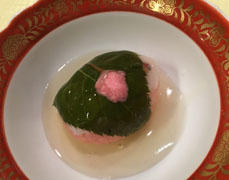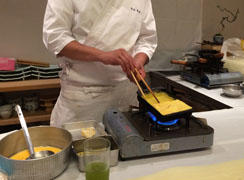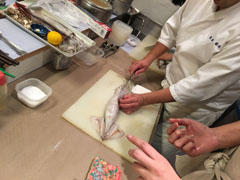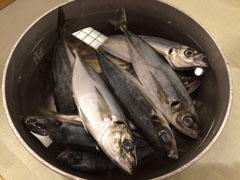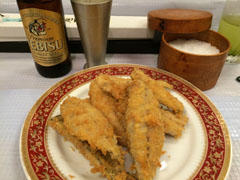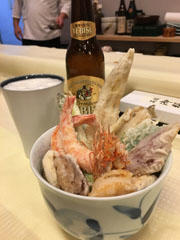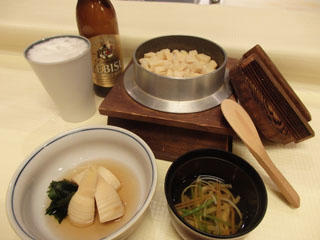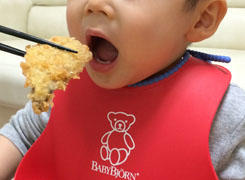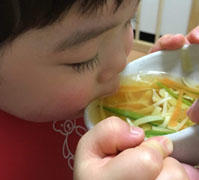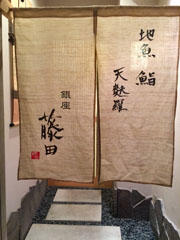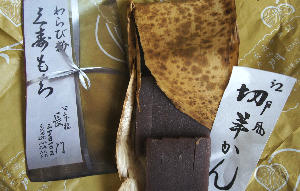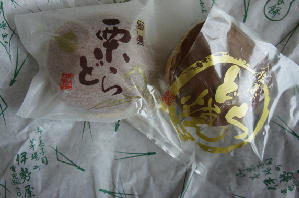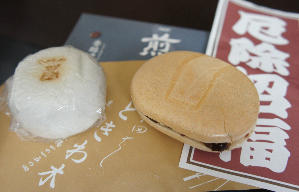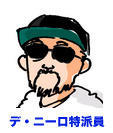
It is a bit old topic, but I have participated in training sponsored by Chuo-ku to improve the guide skills of correspondents.
It is to guide the expert to the tour you have planned and evaluate it.
Atakushi thinks that guide skills are presentation skills, no matter where the course or tour is.
How is it easy to understand, impressive, and can you convey tourist content?
The other correspondents who are writing blogs here will also be struggling there.
Atakushi has a limit to the expression of words alone, so I try to appeal as visually as much as possible in the field.
One of them is 'character'.
If possible, show it in a neat Gothic font, like a "slide".
Even with information and kanji at the level of "I know even if I don't say it now", there are places where I can understand by seeing it again with my eyes and seeing it again.
For example, "Miyuki-dori" in Ginza has the image of a cute girl walking without permission, but when written in kanji, it is "Gyoyuki-dori", and in the first place it is Emperer Street where the emperor walked. 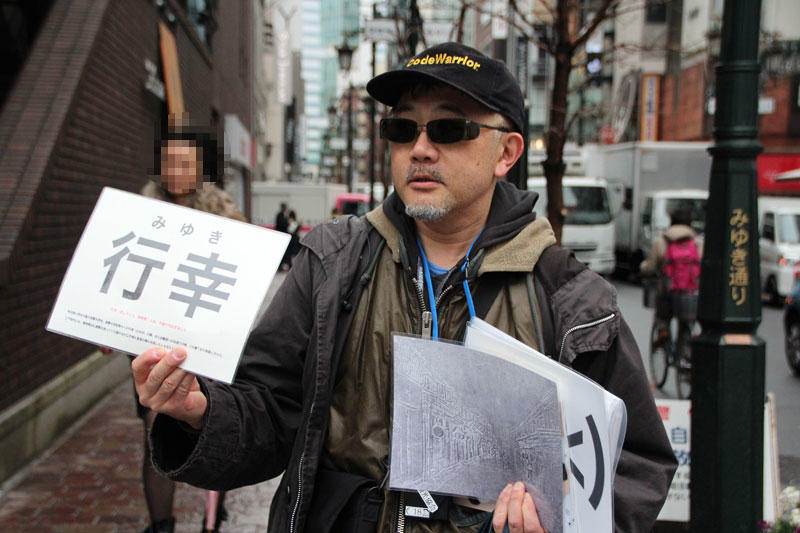 ↑ Ginza Bra walking with a little bad yaji
↑ Ginza Bra walking with a little bad yaji
And why Ojisan thinks of a girl's image is based on the episode of the Miyuki tribe, which was caught all at once in a customs crackdown in the 1960s.
I often see a senior guide who shows Hiroshige's ukiyo-e to customers in Nihonbashi, but that was the first thing that anchovy imitated.
It's a little bit, but the realism of seeing the picture drawn on the site says something.
The taste and lid taste are different from watching on the net at home.
The other props used by the atakushi are music.
Taking advantage of the characteristics of the earphone guide, walk from the music list prepared on your smartphone or iPad while playing music related to sightseeing spots.
Atashi plays Bra Tamori's theme song (in meaningless) after a greeting in the introduction at the beginning.
In fact, it is difficult to guide (announce) while walking with quite advanced skills, but before that, there is a problem that there is no time. (>_<)
There's something that's nice for both the guide and the customer.
As long as the guide walks silently, if you play some background music, you will be impressed (I feel like it) with the former "Walkman effect" that you do not know something but you will be impressed (I feel like it)
Visual and sound effects.
The presentation is designed to give the audience a new experience that combines vision and hearing.
I think that the basic skills of such presentations can also be applied to gaiding.
In addition, we achieved excellent results in skill improvement training (>_<) with this "a little bit of skill".
・・・ ・ So, I made a valuable correspondent activity report once a month, but did you make it in time?





